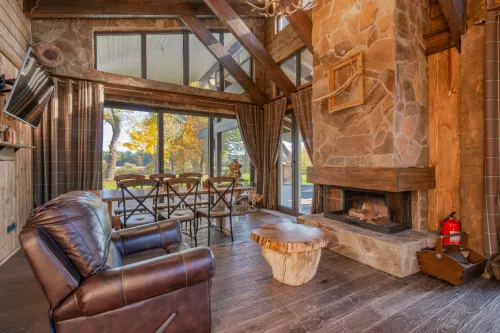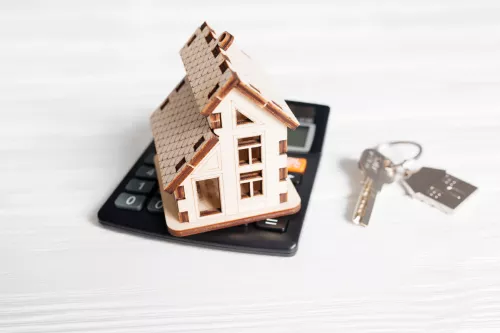Creating a home gym has become popular among those who value the convenience and privacy of personal workout spaces. With careful planning and dedication, establishing a home gym, whether it's a small area in your apartment or a whole room dedicated to fitness, can be a significant investment in your health and well-being.
This tailored approach to fitness not only aligns with your specific goals and preferences, but also provides a personalized way to continue your fitness journey from the comfort of your own home. Let's look at the key components and inspirations for setting up your ideal home gym to ensure a rewarding and enjoyable training experience.
Is a Home Gym Effective?
Absolutely! The effectiveness of a home gym largely depends on your fitness goals, the equipment you choose, and, most importantly, your commitment to using it.
The convenience of having workout equipment at home reduces barriers to exercising, such as time constraints and the hassle of traveling to a gym. With the right setup, you can perform a wide range of exercises that target different muscle groups, ensuring a comprehensive workout routine.
Essentials for a Home Gym
Building a home gym doesn't necessarily require a lot of space or expensive equipment. Start with the basics and expand as needed. Essential equipment includes:
Kettlebells
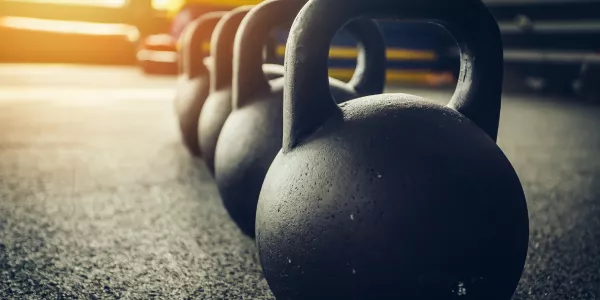
Essential for their versatility and effectiveness, allowing a wide range of exercises like squats and push-ups, burning up to 20 calories per minute. They engage the entire body, especially the core, and enhance flexibility. For beginners, a 2kg kettlebell is ideal, suitable for both men and women. Select a weight that fits your workout needs.
Resistance Bands
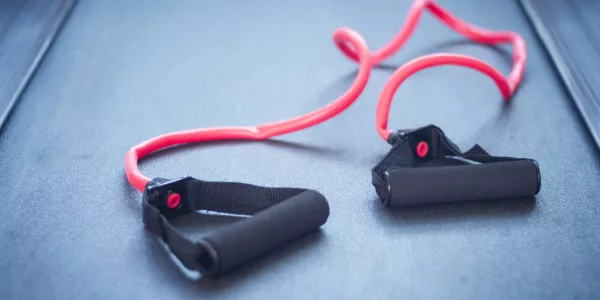
Toning bands, a safe and effective method for enhancing strength and mobility, are beneficial for full-body workouts. To choose the right one, consider getting a variety to match various workout intensities. Yellow bands are light and suitable for beginners, green for medium resistance, red for higher tension, blue for heavy exercises, and black for the most challenging workouts targeting large muscle groups.
Yoga and Workout Mats
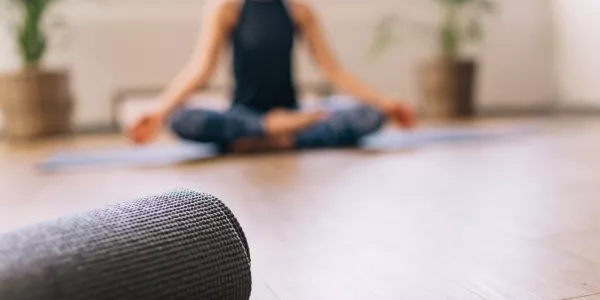
Warming up is crucial before any exercise, whether targeting specific body areas or varying workout durations. It prevents muscle injuries by loosening joints and readies muscles for exercise, making a mat indispensable for any home gym.
Note the difference between workout and yoga mats. Workout mats, thicker at 1 to 3 inches, suit bodyweight exercises and warm-ups better. Yoga mats are thinner, easily stored, and ideal for flexibility exercises like yoga. The right choice is one that encourages consistent warm-up routines before workouts.
Exercise balls
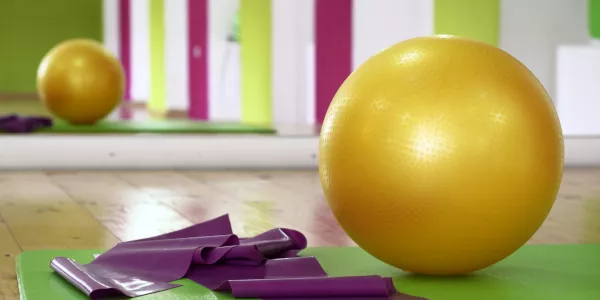
They are excellent for activating your core and trunk, burning calories, and stretching neglected body areas in daily life. They're also beneficial as office chairs for enhancing posture and balance. Exercise balls, known by various names like 'Yoga Ball', 'Stability Ball', 'Fitness Ball', 'Physio Ball', and sometimes even confused with
Medicine or Slam Balls are versatile. For home workouts, we recommend an inflatable, thick vinyl ball that's just the right size for your height and dual use as a desk chair.
Jump Rope
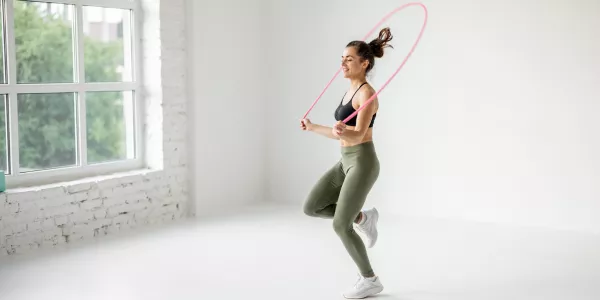
Skipping offers excellent cardio and coordination, engaging the entire body, including abs, legs, and upper body muscles. For beginners, a durable rope is best for cardio. Consider a lightweight wire rope for speed or a weighted rope for strength training.
Stability Ball
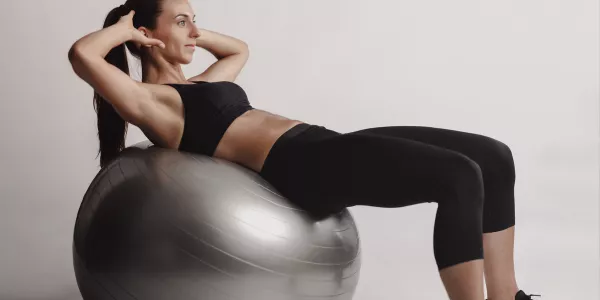
This tool is excellent for boosting endurance, conditioning, and developing explosive strength. Choose a medicine ball by ensuring the right weight and size, balancing resistance without hindering your workout. Beginners should start with 4-15 pounds, gradually increasing. Consider your workout type: smaller balls for high-speed, power-focused exercises, and larger ones for strength training.
Dumbbells
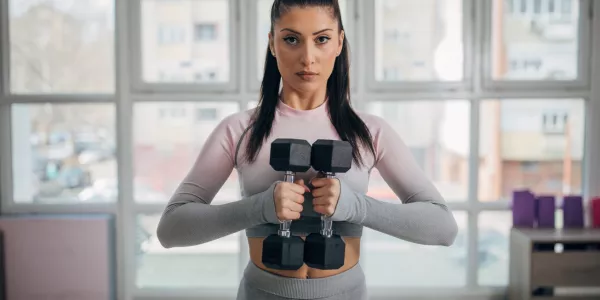
They offer great value and adjustability, providing a wide range of benefits including joint isolation, cardiovascular health, and flexibility improvements. Opt for hex-shaped, rubber-coated dumbbells for durability and comfort. Having a variety of weights is advisable to suit different exercises.
Pull-up bars

They are essential for the ultimate upper-body workout, beneficial for beginners and beyond to build muscle in arms, back, shoulders, and core, with options for varied exercises. Choose carefully, considering your home's space and the bar's fit and weight capacity. Telescopic bars are ideal for pull-ups, while self-supporting bars offer various grip options for a broader muscle workout.
Is It Cheaper to Get a Home Gym?
In the long run, investing in a home gym tends to be more cost-effective despite the higher initial investment compared to gym memberships. The upfront cost of home gym equipment is offset over time by eliminating traveling costs and avoiding ongoing membership fees.
Additionally, with regular use, the durable equipment can offer years of fitness, making it a worthwhile investment compared to the recurring expense of gym memberships, which may seem more affordable in the short term but require continuous payment for access.
How Much Does a Simple Home Gym Cost?
The cost of setting up a home gym can greatly differ, typically spanning from $100 to $15,000, with a basic setup including items such as dumbbells, a yoga mat, and resistance bands starting at $100 to $300. On average, assembling a home gym might cost around $2,000, but opting for more extensive equipment like treadmills or weight benches can significantly increase the expense to a few thousand dollars.
Home Gym Ideas
Enhancing your home gym involves not just selecting the right equipment but also creating an atmosphere that motivates and inspires. Here's how you can elevate each aspect of your home gym:
Multi-Functional Equipment
Incorporate equipment like adjustable benches, resistance bands, and adjustable dumbbells that can adapt to various exercises, reducing the need for multiple, bulky machines. Consider a wall-mounted folding rack for versatility in strength training without sacrificing floor space.
Mirrors
Mirrors are not just for checking form; they can transform a cramped area into a seemingly expansive workout zone. Full-length mirrors on one or more walls not only assist in maintaining correct posture during exercises but also reflect light, brightening the space.
Good Lighting
Opt for layered lighting with a combination of natural light, overhead lights, and even task lighting for specific areas. Consider daylight mimic LED bulbs to keep the energy levels up during workouts in basements or spaces with limited natural light.
Personal Touches
Make your home gym uniquely yours by integrating elements that inspire you. This could be a small corner dedicated to meditation with comfortable mats and calming colors or a vibrant wall filled with motivational quotes and achievements.
High-quality sound systems or Bluetooth speakers can enhance your workout experience with energizing music or audiobooks. Adding a small fridge stocked with water and healthy snacks can keep you hydrated and energized.
People also ask
Can I get a full-body workout with just basic equipment?
Yes, with a combination of dumbbells, resistance bands, and body-weight exercises, you can target all major muscle groups.
How can I stay motivated to use my home gym?
Set clear fitness goals, create a workout schedule, and keep your routine varied and enjoyable. Consider virtual classes or workout apps for guidance and motivation.
Do I Need a Permit to Build a Gym at Home?
This depends on your local regulations and the extent of your home gym setup. If you're simply converting an existing room with portable equipment, permits are typically not necessary. However, if you plan significant renovations or structural changes, it's best to check with your local building department.
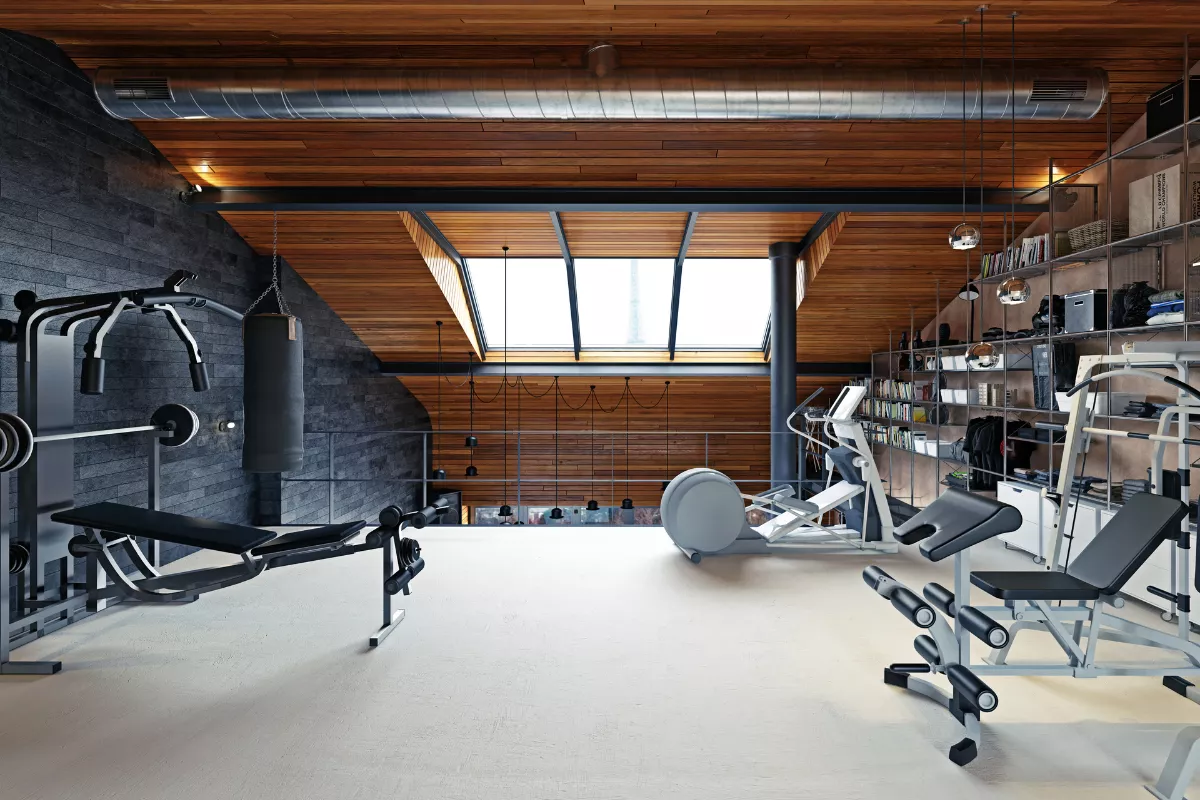
 Marcio Vasconcelos
Marcio Vasconcelos


